Raspberry Pi: Everything you need to know
The little Linux PC that's become a really big deal
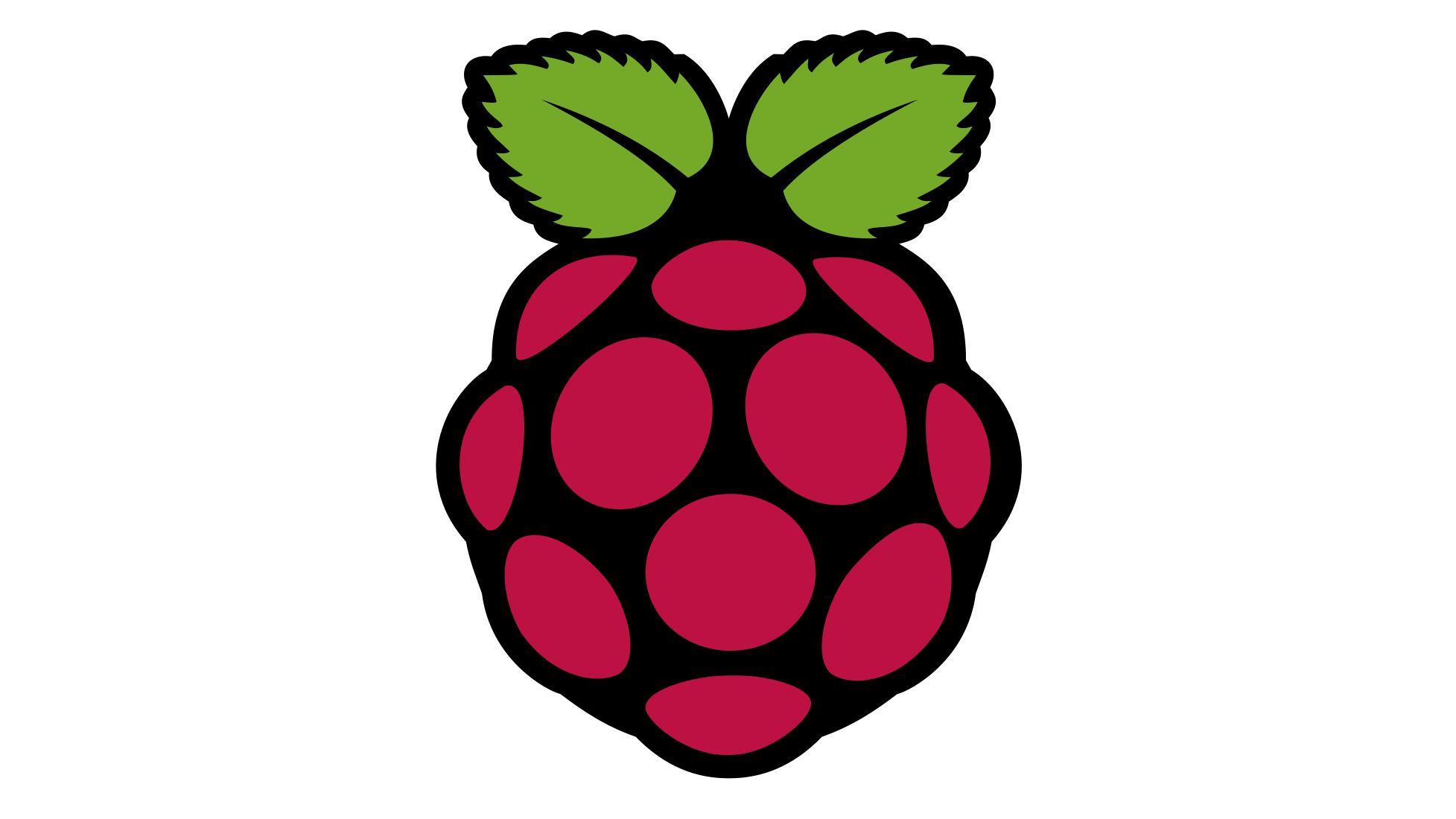
Introduction
Note: Our everything you need to know about Raspberry Pi feature has been fully updated. This article was first published in March 2012.
The year was 2012, and while most eyes were looking at the imminent arrival of Windows 8, another computing story was quietly gathering momentum. Fast forward to today and it's amazing to think how far the Raspberry Pi has come since its launch.
This barebones PC launched for a pittance, and has astonishingly managed to become even cheaper, with the latest iteration – the Raspberry Pi Zero – costing just £4 ($5 over in the US, which is around AU$7).
It was designed to encourage kids to code, but despite its small size, this board quickly proved itself capable of so much more, able to handle everyday tasks like spreadsheets and word processing.
If the BBC Micro ushered in the first golden age of home computing, the Raspberry Pi has restored some of the faded glory to Britain's role as pioneers in this field.

Where did the Raspberry Pi come from?
The Raspberry Pi is the work of the Raspberry Pi Foundation, a charitable organisation founded in 2009. It's supported by the University of Cambridge Computer Laboratory and tech firm Broadcom, the latter of which makes the system-on-a-chip that powers the device.
Speaking to our sister magazine Edge on the eve of its launch, legendary games developer and Raspberry Pi Foundation head David Braben explained the Foundation's mission: "[In Raspberry Pi] you've got quite a powerful, very cheap device that anyone can carry around, take to school, and hopefully do interesting things with that make it seem less like it's purely a school thing."
Image: Liz Upton / Wikimedia
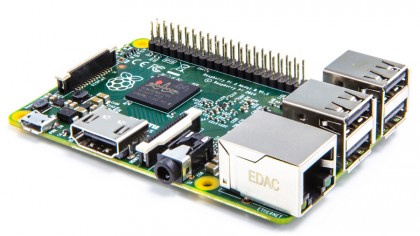
Why do we need the Raspberry Pi?
In today's schools, IT education means IT literacy, not computer science – that is, teaching kids how to use applications rather than how to make them. According to The Royal Society, "we appear to have succeeded in making many people comfortable with using the technology that we find around us, but this seems to have been at the expense of failing to provide a deeper understanding of the rigorous academic subject of computer science." One of the Pi's aims is to help promote that understanding.
What's also apparent is that the Pi has also reawakened the same level of curiosity in adults too – and not just those eager to rekindle their dormant love of programming. The Pi's low cost and minimal power demands have proved it capable of filling in lots of gaps in the home, too. However, despite this niche appeal, the Raspberry Pi Foundation still firmly targets its use at the education sector.
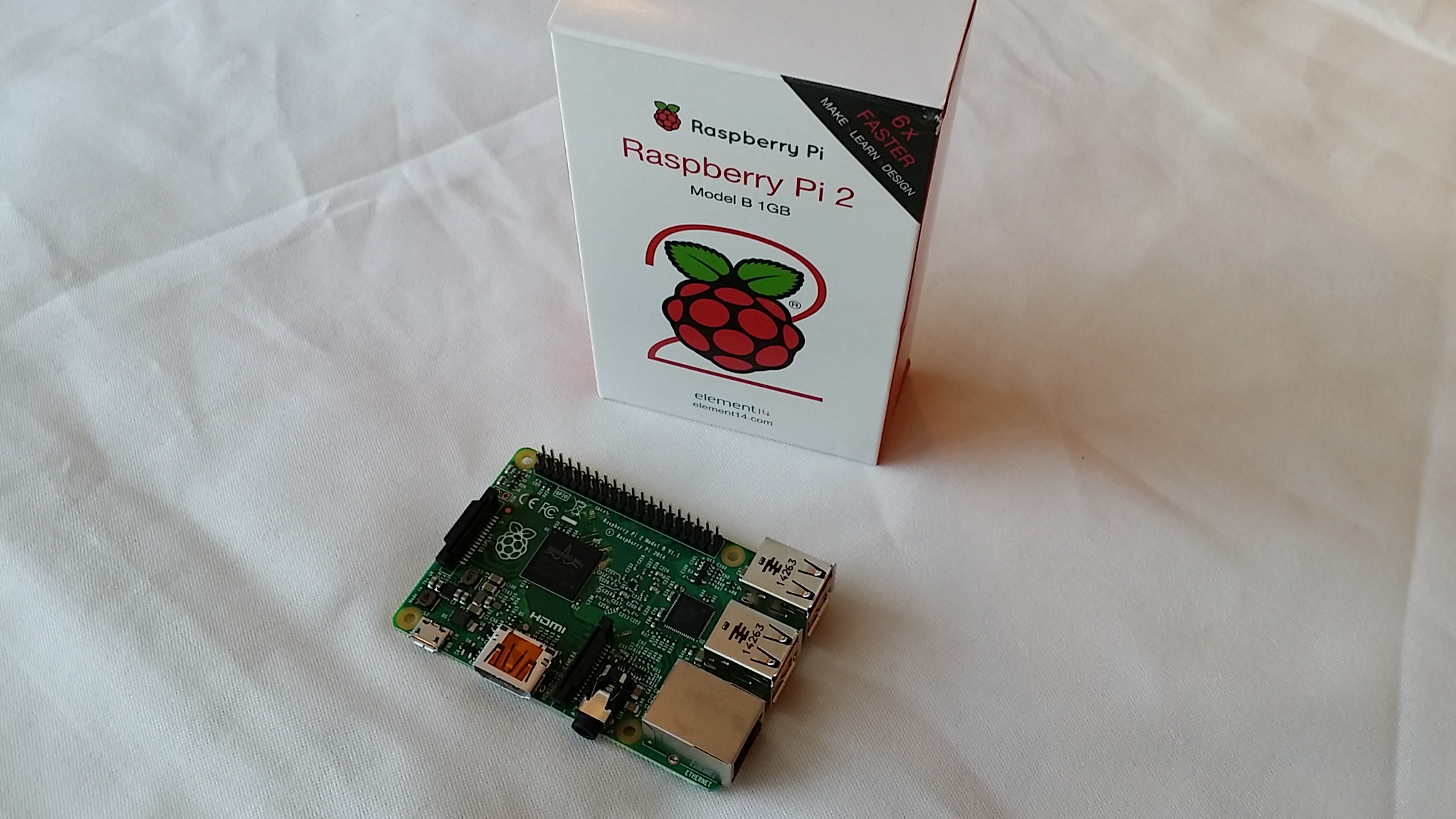
Raspberry Pi price
There are currently four versions of the Raspberry Pi hardware. The cheapest model is the recently launched Pi Zero, which can be had for just £4 (or £8 with essential add-on kit). The two original models have been refreshed, and cost around £16 and £22 for the Model A+ and Model B+ respectively (that's around $24 and $33, or AU$33 and AU$45). The top of the line model is the Raspberry Pi 2 Model B, which can be had for £30 (around $45, or AU$63).
Note that this outlay buys you the basic board only – you'll need to provide your own power supply, cables, keyboard and display.
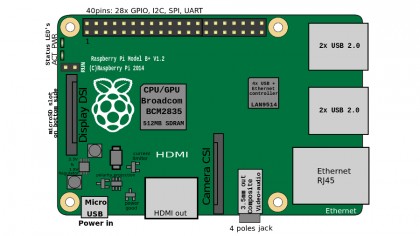
Raspberry Pi specifications
Both the Model A+ and Model B+ use a single-core 700MHz Broadcom processor with a Videocore 4 GPU. That provides OpenGL ES 2.0, hardware-accelerated OpenVG and 1080p HD video. A microSD slot is provided for storage, and power is supplied via a MicroUSB connector. Both have grown their GPIO header to 40 pins, but retain the same pinout for the first 26 pins as the previous models to ensure backwards compatibility.
The Model A+ ships with 256MB of on-board RAM and sockets for HDMI, USB 2.0, RCA video and 3.5mm audio jacks.
The Model B+ increases the RAM to 512MB and ups the number of USB ports to four. It also added a 10/100 Base-T Ethernet connection. There's no Wi-Fi in either version, but you can easily hook up a USB Wi-Fi adapter.
The Raspberry Pi 2 Model B utilises a 900MHz quad-core ARM Cortex-A7 CPU with VideoCore IV 3D graphics core. There's 1GB RAM on board too, but in all other respects it's identical to the Model B+ in terms of board layout and connectivity.
The newest model, the Pi Zero, is half the size of the Model A+, yet utilises a 1GHz single-core Broadcom SoC, backed up with 512MB RAM. Connectivity is limited to two MicroUSB connectors (one for power) and one mini-HDMI port, plus the obligatory microSD slot for storage. There's a HAT-compatible 40-pin header (pins are provided as part of the Pi Zero Kit, which also includes full-size adapters for the mini-USB and HDMI ports). No Ethernet port is provided, although you can of course plug in a USB network adapter.
Image: Efa2/Wikimedia Commons
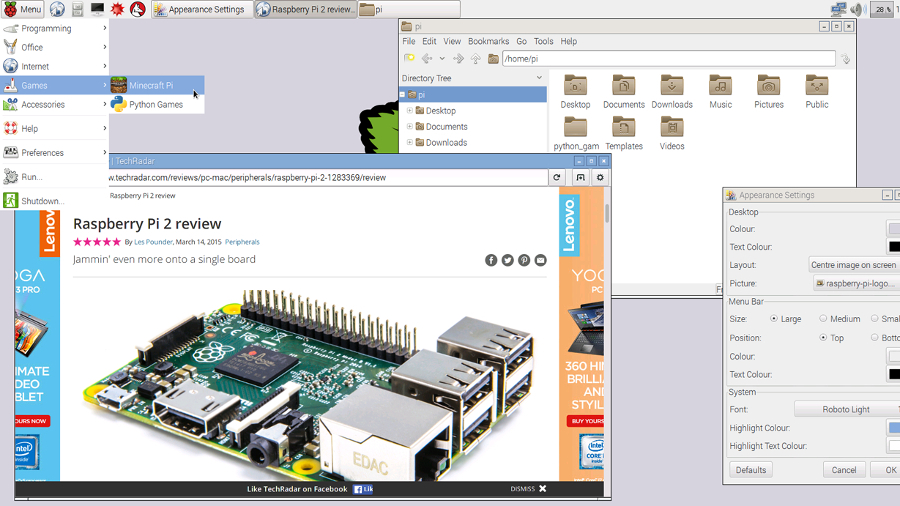
Raspberry Pi operating system
The Raspberry Pi software is Linux – Raspbian, to be precise – and it supports programming languages including Python, BBC Basic, C and Perl. You don't have to run this flavour if you don't want to – you'll find lots of alternatives that focus on specific objectives (see our 5 of the most popular Raspberry Pi distros feature).
Note, however, that the architecture for the Model A+, Model B+ and Pi Zero is based around version 6 of the ARM architecture, which may not be supported by some more recent distributions, and that will limit your available options.
There's no such problem for the Pi 2 – its Broadcom BCM2836 processor is based on version 7 of ARM, allowing it to run the full range of ARM/GNU Linux distributions as well as Windows 10 IoT Core, a special version of Windows for low-powered devices.
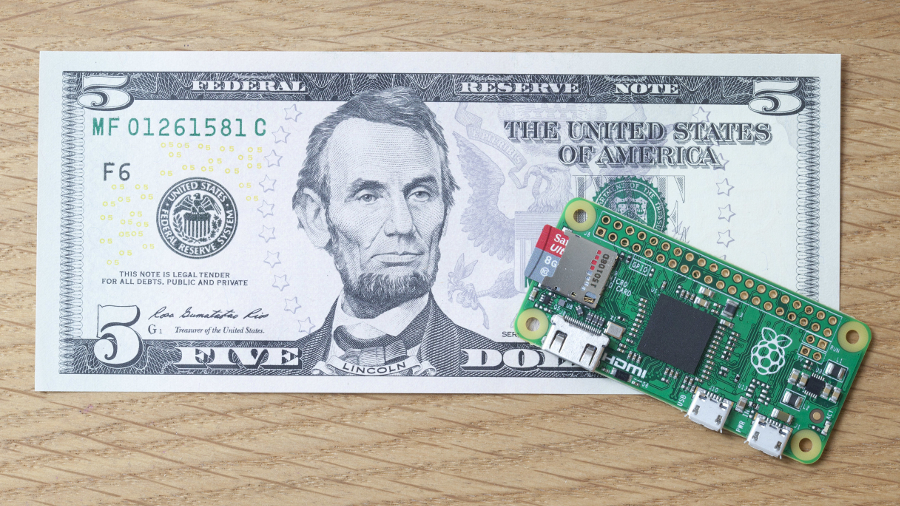
Raspberry Pi launch date and availability
The original Raspberry Pi was launched in February 2012, while the Raspberry Pi 2 first emerged in February 2015. The Pi Zero's (pictured above) official launch was November 2015. In all cases, the original stock sold out in a heartbeat.
Despite the Pi's educational focus, each model has tended to enjoy a soft launch, with Raspberry Pi devices being bought by interested individuals rather than bought in bulk for schools.
The Raspberry Pi is officially available from two outlets – Element 14 and RS Components. Newer models are also available from SWAG, the official Raspberry Pi Store.
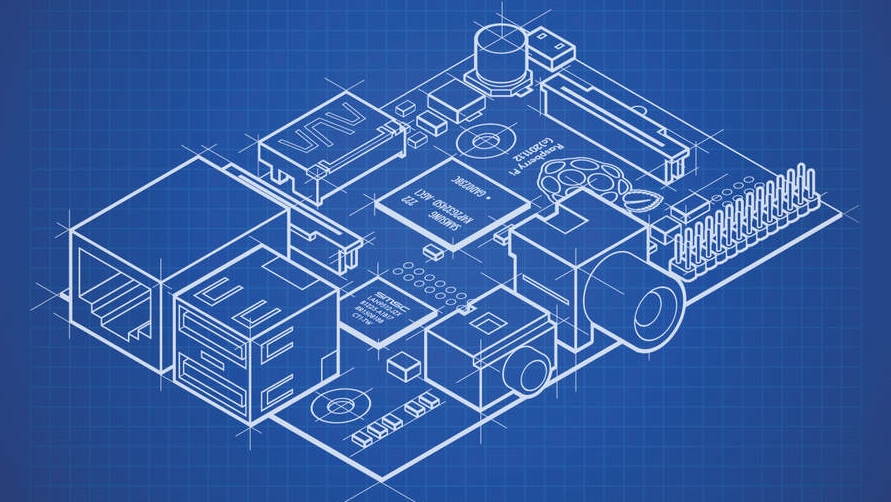
Is the Raspberry Pi the BBC Micro 2.0?
David Braben said in 2012: "At the moment, on a normal machine you've got to know quite a lot to be able to boot Linux, fire up a compiler and get anything to compile. Just to say your own name on the screen is a challenge. Whereas on the BBC, you'd see in every shop that someone had typed, 'So-and-so is clever,' or 'So-and-so smells'.
Line 20, Goto 10: that almost entered the vocabulary, it's so straightforward. It's understandable even to someone who hasn't done programming. It would be great if you could take that and wrap it in something where it's easy to create something – websites, for instance – very easily."
The launch of Raspbian – the official Linux distro for the Raspberry Pi – has attempted to rectify this problem, with the current build now booting to a user-friendly point-and-click desktop environment rather than the traditional command line by default.
There's also potential for the Raspberry Pi to play a role in developing countries – its simplicity means it's much sturdier than a laptop, and as we've already seen it's exceptionally cheap, particularly with the new Raspberry Pi Zero model.
- Also check out these Raspberry Pi projects
Contributor
Writer, broadcaster, musician and kitchen gadget obsessive Carrie Marshall has been writing about tech since 1998, contributing sage advice and odd opinions to all kinds of magazines and websites as well as writing more than twenty books. Her latest, a love letter to music titled Small Town Joy, is on sale now. She is the singer in spectacularly obscure Glaswegian rock band Unquiet Mind.
